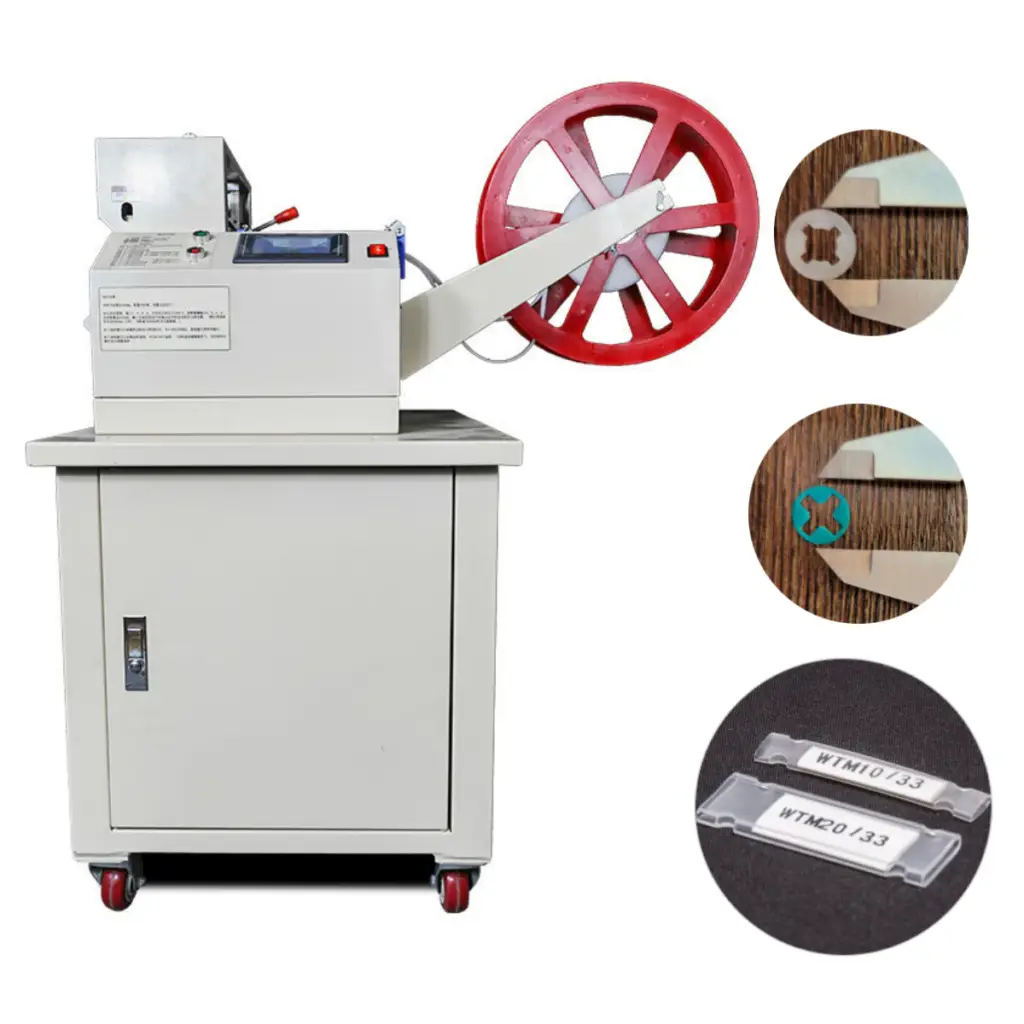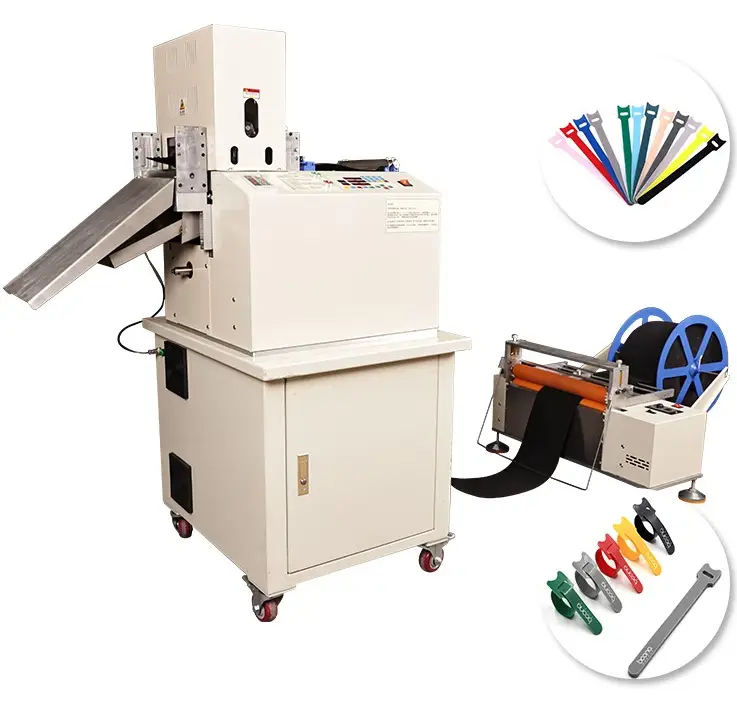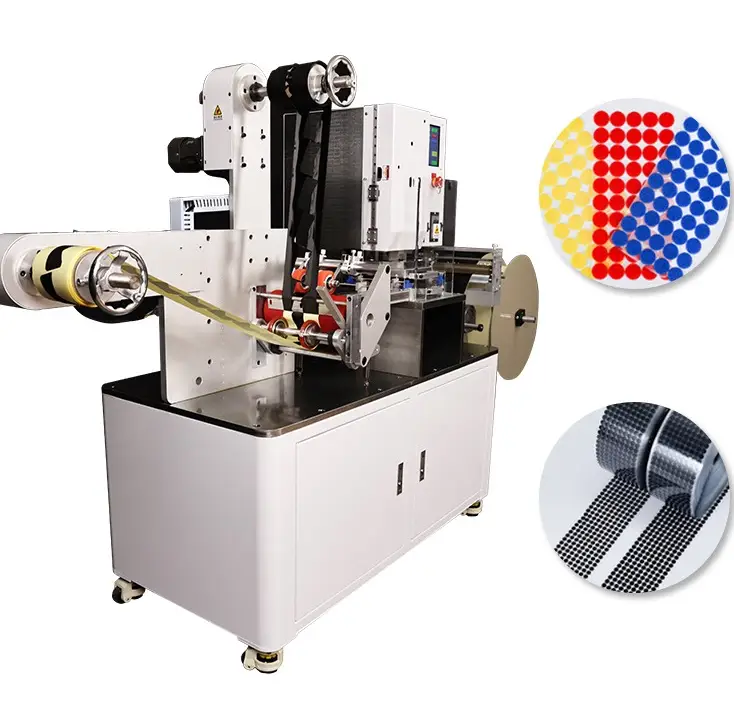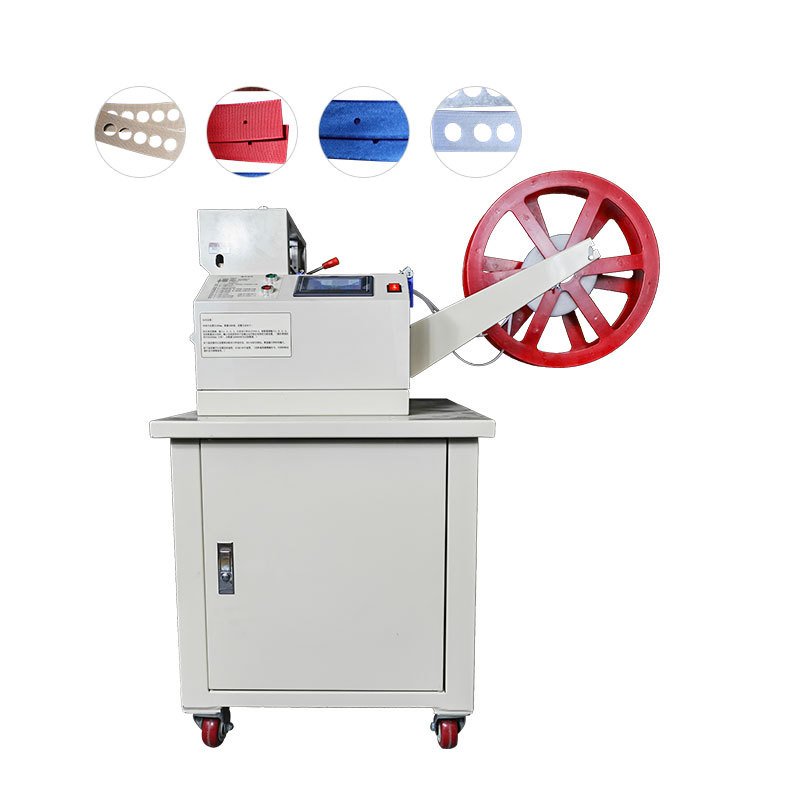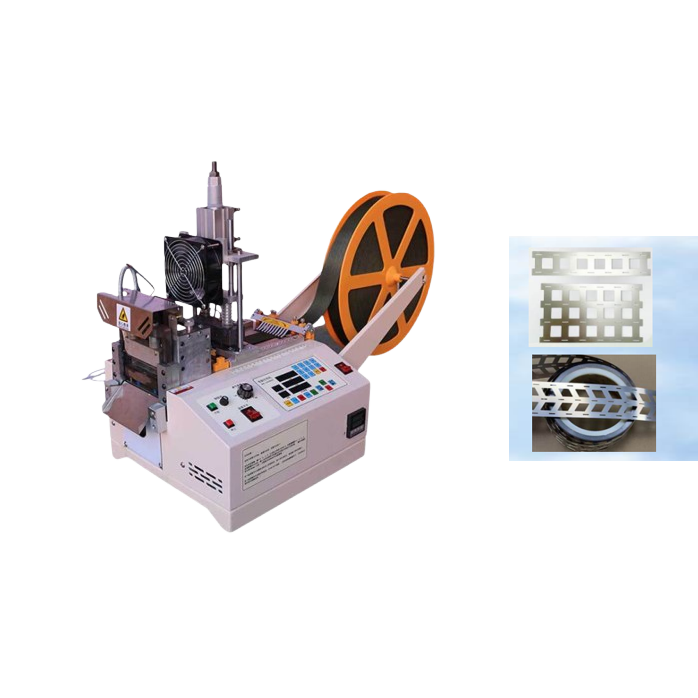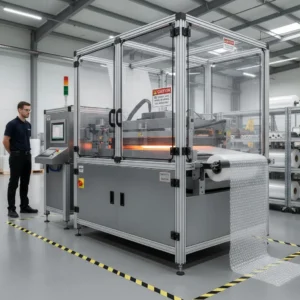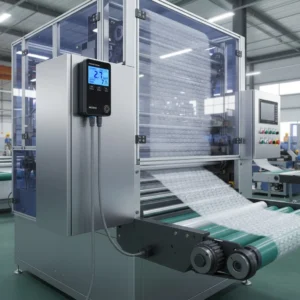Best maintenance practices for high-volume dog collar punching machines1?

Dog collar manufacturers often face one major issue: frequent machine breakdowns due to heavy usage.
To maintain top productivity, high-volume dog collar punching machines1 require scheduled lubrication2, real-time monitoring3, and part replacements4 based on usage patterns.
1: High-volume dog collar punching machines require proactive maintenance to ensure peak efficiency and long-term reliability.
2: Implement daily and weekly inspections for cleanliness, wear, and safety functionality.
3: Schedule monthly and quarterly checks on punches, dies, and hydraulic or electrical systems.
4: Maintain regular lubrication, alignment accuracy, and timely software updates.
5: Use authentic OEM parts5 to minimize downtime and prevent early equipment failure.
If you’re producing thousands of dog collars per day, you can’t afford unscheduled downtime. Here’s how I keep machines from Suzhou Haoxinhe Electrical Equipment Co., Ltd. running smoothly—even under pressure.
Lubrication frequency data: 500 vs 2,000 punches per day scenarios?

Every minute counts when you’re running a high-volume production line. When a dog collar punching machine slows down, production stalls. It’s frustrating and costly.
Machines punching 2,000 collars a day need lubrication 4x more frequently than those punching 500—about once every 2–3 days instead of weekly.
Whether you’re working with a webbing ribbon cutting machine or a rotary bevel cutting machine, daily use quickly impacts internal mechanics. Let’s break this down.
Why lubrication schedules matter
Without regular lubrication:
- Punching rods heat up.
- Friction wears down bushings and dies.
- Precision alignment suffers.
In my experience, a machine running 500 punches/day can often go 5–7 days between lubrication. But at 2,000 punches/day, I schedule lubrication every 48–72 hours.
This is what my basic maintenance log looks like:
| Punches per Day | Lubrication Frequency | Notes |
|---|---|---|
| 500 | Every 5–7 days | Visual check every 3 days |
| 1,000 | Every 3–4 days | Wipe clean after each shift |
| 2,000 | Every 2–3 days | Use high-viscosity lubricant |
Real-world wear patterns
For example, one of my automatic punching cutting machines was doing 2,100 punches/day. Initially, I followed a weekly lubrication routine. Within two months, the punch head was misaligned, and hydraulic noise increased. Once I switched to every-2-days lubrication, the machine stabilized—and so did my production flow.
This data also applies to:
- Protective foam cutting machines
- PVC edge banding cutting machines
- Round shape cutting machines
All these machines from Suzhou Haoxinhe Electrical Equipment Co., Ltd. share a core principle: higher output demands tighter maintenance.
Conclusion

For high-volume punching machines, adjust lubrication frequency6 based on your production rate to avoid costly breakdowns.
Insights
In the high-output world of leather and webbing punching, the difference between smooth production and expensive downtime often comes down to one thing: preventive maintenance discipline7.
In my 20+ years of working with automated punching machinery, I’ve learned that machine wear doesn’t happen linearly—it accelerates. Machines punching 2,000 collars per day don’t just need twice the maintenance of a 1,000-punch machine—they need exponentially more attention. That’s because friction compounds, especially at the punch-die interface, leading to bushing degradation, thermal expansion, and gradual misalignment.
One strategy that’s worked incredibly well across our client facilities is implementing shift-based micro-maintenance8. A five-minute clean-and-lube routine at the end of each shift can extend the life of your punching unit by 30–40%, based on our internal audits.
Also, consider installing low-cost vibration sensors9 or thermal probes10 on high-friction areas. These can serve as early warning systems before performance drops or breakdowns occur—essential for lean, high-throughput operations where every minute counts.
When sourcing from suppliers like Suzhou Haoxinhe Electrical Equipment Co., Ltd., buyers should align maintenance practices with real production loads. For example, lubrication every 2–3 days can prolong equipment life in high-volume settings. This supports better ROI and uninterrupted production for manufacturers distributing at scale.
Explore this resource to learn effective maintenance strategies that enhance machine longevity and productivity. ↩ ↩
Understanding lubrication schedules is crucial for preventing breakdowns and ensuring smooth operations. ↩
Discover how real-time monitoring can help identify issues before they lead to costly downtimes. ↩
Learn about the timing and importance of part replacements to maintain machine efficiency. ↩
Using OEM parts can significantly reduce downtime and enhance the reliability of your machines. ↩
This resource will provide insights into how production rates affect lubrication needs. ↩
Understanding preventive maintenance can help you avoid costly repairs and extend equipment life. ↩
Explore this innovative approach to maintenance that can improve machine performance and longevity. ↩
Learn how vibration sensors can serve as early warning systems to prevent machine failures. ↩
Discover how thermal probes can help monitor machine health and prevent overheating issues. ↩

